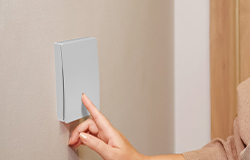The selling point of a wireless kinetic switch is its flexibility. The flexibility of a wireless switch is reflected in the fact that it is not limited by traditional wired switches. While traditional wired switches require wires to connect to power sources and devices, wireless switches do not have to go through any physical connection. This means that wireless switches can be installed more flexibly in any location without the limitations of wire length and difficulty of routing. Wireless switches can be taped directly to walls, glass, or other surfaces, or carried in your hand for control anywhere, anytime.
Why is the Grid switch the ceiling of flexibility? The difference between our Grid switch and other wireless switches is that it is compatible with a wide range of switch housings and can be combined at will. It can also be disassembled and used independently of the housing. The G1 Series Grid Switches are highly adaptable and expandable to fit standard chassis in some countries. The G1 looks more like the switches used in the 80s, which can be said to have a retro style, and there is a market for Grid switches in Europe, such as the UK. In contrast to its traditional appearance, the G1 is extremely flexible. Often the switch is a one-piece design, but this type of switch can be expanded and combined through the shell, but is also not bound to the combination of use, can be used individually at will stick, and can be placed in any position you want.

Wireless switches also have a variety of operating modes, such as buttons, touch screens, remote control, and so on. Different operation methods are suitable for different scenarios and user needs. For example, through button control, users can easily turn on or off lights, TVs, and other devices. Through the touch screen, users can adjust the brightness, temperature, and other parameters of the lights. Through the remote control, users can remotely control various devices at home without having to operate them personally. Grid switches can also be used with DFM dimmer controllers to dim fixtures.
In addition, the wireless switch can be linked with other smart devices. By connecting with the smart home system, the wireless switch can be interconnected with other devices to achieve more intelligent control. For example, users can set a timed task, and when the time arrives, the wireless switch will automatically open the curtains, adjust the temperature of the air conditioner, and so on. Pairing the wireless switch with a WiFi control or voice-controlled switch can realize voice control and APP control, which brings us to DFM's controllers. Compared to other controllers in the market, our products are more diversified in terms of functions, but their appearance is relatively single, and their design concepts are rather monotonous; nevertheless, our products are still of high standards and quality.
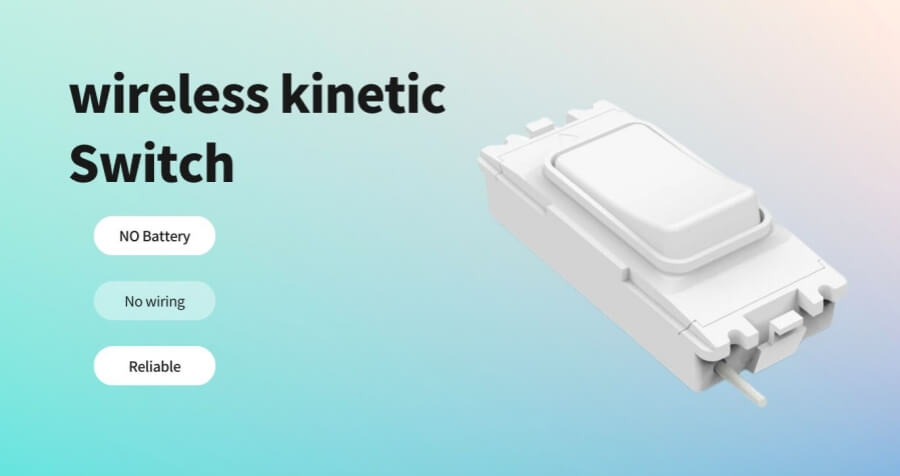
The wireless switch can also realize the switching of scene modes. Users can set different scene modes according to different needs. For example, when users are at home, they can set a "home mode" to turn on the lights, TV, air conditioning, and other devices at home; when they leave home, they can set a "leave home mode" to turn off all the devices with a single key to improve the energy efficiency of the family.
In short, the flexibility of the wireless switch is reflected in the fact that it is not limited by the traditional wired switch and can be installed and operated more flexibly. In addition, wireless switches can be linked with other intelligent devices to achieve more intelligent control. The appearance of wireless switches brings more convenience and intelligent possibilities to people's lives.

 CN
CN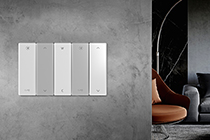
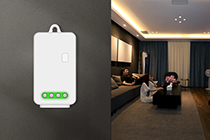

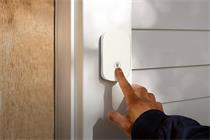





 Home
Home DFM
DFM  Oct 12,2023
Oct 12,2023 
 Smart wireless switches are the ideal lighting solution
Smart wireless switches are the ideal lighting solution 
 Oct 09,2023
Oct 09,2023 










